In the enchanting world of avian life, the delicate balance of nutrients plays a crucial role in ensuring the health and vitality of our feathered companions.
Among these essential elements, vitamin D stands as a key player in maintaining bone health, calcium metabolism, and overall well-being in birds.
However, as with any good thing, an excess of vitamin D can lead to unforeseen consequences, unraveling into a condition known as Vitamin D Toxicity.
This intriguing phenomenon has captured the attention of avian enthusiasts and veterinarians alike, as its intricacies continue to pose challenges in diagnosis and treatment.
In this exploration, we delve into the intricacies of Vitamin D Toxicity in birds, uncovering its potential causes, symptoms, and the intricate web of physiological changes that unfold when this vital nutrient takes an unwarranted spotlight in the avian realm.
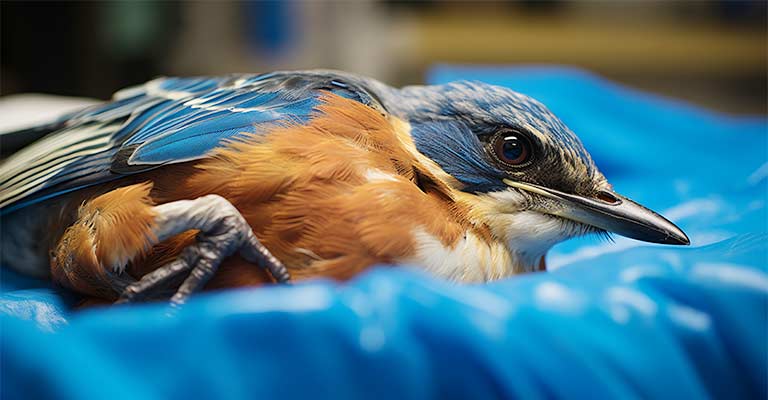
What Is Vitamin D Toxicity in Birds?
Avian health is a delicate balance of nutrition, and among the crucial elements, vitamin D holds a pivotal role. This fat-soluble vitamin is essential for calcium absorption, bone health, and overall physiological well-being in birds.
However, like any nutrient, an excess of vitamin D can lead to a condition known as Vitamin D Toxicity, posing a significant threat to our feathered companions.
Understanding Vitamin D in Birds
Ensuring that your feathered friend receives an adequate supply of vitamin D is crucial for their overall health and well-being. Here’s a deeper look at the significance of vitamin D and how birds obtain this essential nutrient:
The Importance of Vitamin D
Birds, like many other vertebrates, rely on sunlight or dietary sources for vitamin D synthesis. This vitamin is vital for the regulation of calcium and phosphorus metabolism, ensuring proper bone development and maintenance.
Without sufficient vitamin D, birds may face issues such as weakened bones, poor eggshell formation, and a compromised immune system. It plays a pivotal role in supporting the structural integrity of bones and feathers.
Sources of Vitamin D
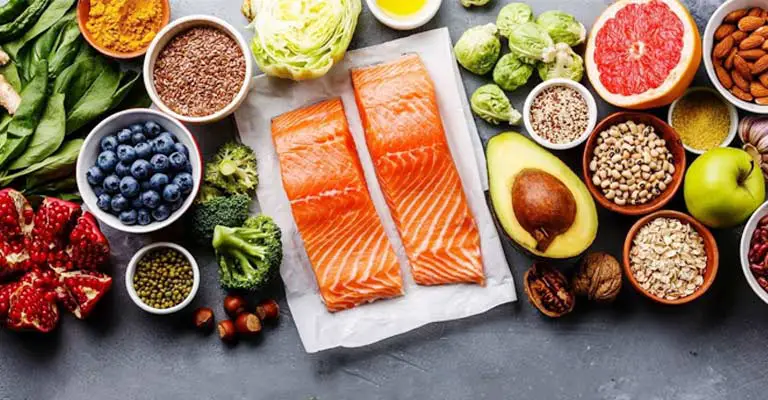
Birds can obtain vitamin D through exposure to ultraviolet B (UVB) light or dietary intake. UVB light activates the conversion of precursor compounds in the skin into the active form of vitamin D, while dietary sources include fortified foods or supplements.
Birds with limited access to natural sunlight may rely more on dietary sources. It’s essential to strike a balance between sunlight exposure and dietary intake to ensure they receive an adequate amount of this crucial vitamin.
Sunlight Exposure
Provide access to natural sunlight, as exposure to UVB rays stimulates the synthesis of vitamin D in a bird’s skin.
Allowing your bird some time outdoors in a safe and secure environment or placing their cage near a sunlit window can contribute to their vitamin D production. Be mindful of the duration and intensity of sunlight to prevent overheating.
Dietary Considerations
Ensure that your bird’s diet includes foods rich in vitamin D or consider offering fortified foods. Common dietary sources include fortified pellets, certain seeds, and vitamin D-enriched fruits and vegetables.
Consult with a veterinarian to determine the appropriate dietary supplements if needed, especially for indoor birds with limited sunlight exposure.
Monitoring and Veterinary Care
Regularly monitor your bird’s health, and if you observe signs of vitamin D deficiency, such as lethargy or skeletal abnormalities, seek prompt veterinary attention.
A veterinarian can perform blood tests to assess vitamin D levels and provide guidance on dietary adjustments or supplements to address any deficiencies.
Understanding and actively addressing your bird’s vitamin D needs contributes to their overall health and ensures they lead a happy and active life.
Balanced exposure to sunlight and a well-rounded diet are key components in supporting optimal vitamin D levels for your feathered companion.
Vitamin D Toxicity Risks and Treatment for Birds
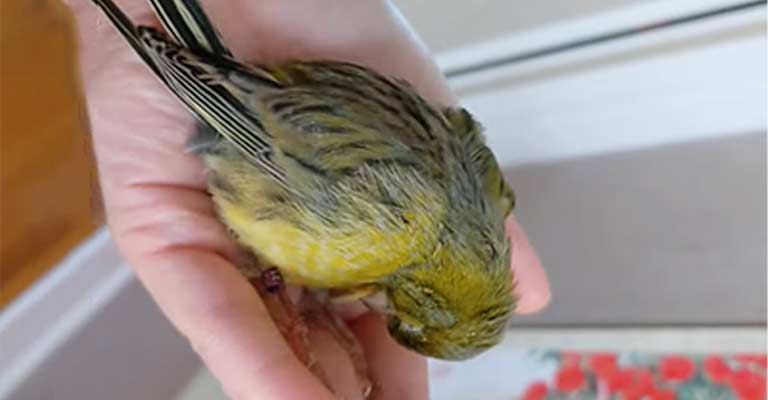
Understanding the risks associated with vitamin D toxicity is paramount in ensuring the well-being of your avian companion. Here’s an in-depth exploration of the causes, symptoms, and physiological impact of vitamin D toxicity in birds:
Causes of Vitamin D Toxicity
Excessive exposure to UVB light, over-supplementation, or a diet rich in vitamin D can lead to toxicity. Avian species with specific dietary requirements may be more susceptible, emphasizing the importance of tailored nutrition plans.
It’s crucial to strike a balance in providing adequate vitamin D without overdoing it, particularly for species that may have more delicate metabolic processes.
Symptoms and Diagnostic Challenges
Identifying Vitamin D Toxicity in birds is challenging due to its varied symptoms. These may include weakness, weight loss, reduced egg production, and skeletal abnormalities.
Veterinary consultation and diagnostic tests, such as blood work and radiography, are essential for accurate diagnosis.
Since symptoms may overlap with other health issues, a thorough examination is necessary to pinpoint the root cause and determine the appropriate course of action.
Physiological Impact
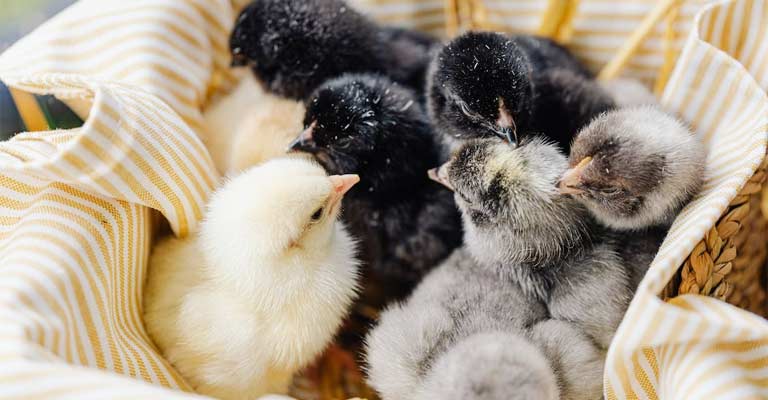
Vitamin D Toxicity disrupts the delicate balance of calcium and phosphorus in the body, leading to hypercalcemia. This excess calcium can be deposited in soft tissues, causing damage to organs and the skeletal system.
The physiological impact extends beyond the skeletal structure, affecting organs such as the kidneys and heart. Early detection and intervention are crucial to prevent irreversible damage.
Prevention Strategies
Implement measures to prevent excessive UVB exposure. Ensure that artificial lighting, if used, is properly calibrated to mimic natural sunlight without causing harm.
Be cautious with vitamin D supplements, following recommended dosage guidelines. Consult with a veterinarian to determine the appropriate supplementation for your bird’s specific needs.
Tailor the bird’s diet to its species-specific requirements, avoiding unnecessary vitamin D supplementation. Work with a knowledgeable avian veterinarian to create a nutrition plan that meets the unique needs of your feathered companion.
Treatment Approaches
If vitamin D toxicity is diagnosed, treatment may involve reducing or eliminating vitamin D supplementation, adjusting the diet, and providing supportive care.
Veterinary guidance is crucial to ensure a targeted and effective approach to manage toxicity and restore the bird’s health. Understanding the causes, symptoms, and impact of vitamin D toxicity empowers bird owners to take proactive measures in their pet’s care.
Regular veterinary check-ups and a balanced approach to diet and supplementation contribute to preventing the risks associated with vitamin D toxicity.
How to Prevent Vitamin D Toxicity in Birds?
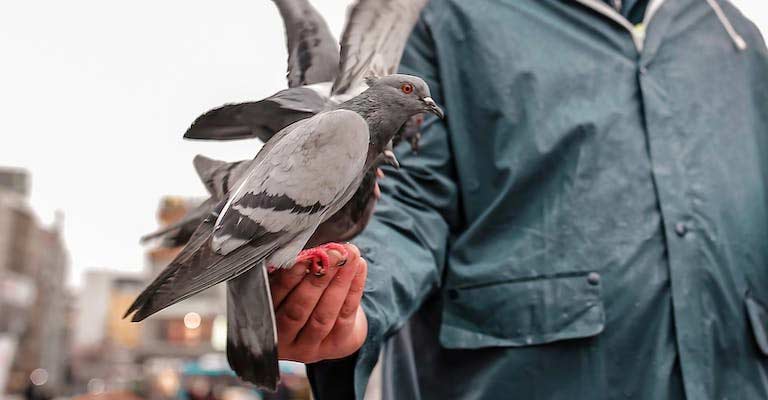
Ensuring that your feathered friend receives adequate vitamin D without risking toxicity is essential for their overall health. Here are proactive measures to prevent vitamin D toxicity in birds:
Balanced Sunlight Exposure
Provide access to natural sunlight in a safe and controlled manner. Allow your bird outdoor exposure or place their cage near a sunlit window. Monitor the duration and intensity of sunlight exposure to prevent overheating. Be cautious during extremely hot or cold weather.
Controlled UVB Lighting
If using artificial lighting, choose UVB bulbs designed for avian health. Ensure that the lighting system is properly calibrated to mimic natural sunlight without causing harm. Control the exposure time to align with your bird’s species-specific needs.
Careful Supplementation
If supplementation is necessary, consult with an avian veterinarian to determine the appropriate dosage for your bird’s species and individual requirements. Avoid self-prescribing supplements without professional guidance, as excess vitamin D can lead to toxicity.
Tailored Nutrition Plans
Work with a knowledgeable avian veterinarian to create a nutrition plan that meets your bird’s specific dietary needs. Some species may have different vitamin D requirements, and tailoring the diet can help prevent unnecessary supplementation.
Regular Veterinary Check-ups
Schedule regular check-ups with an avian veterinarian to monitor your bird’s health. Veterinary professionals can assess vitamin D levels through blood tests and provide guidance on adjustments to diet or supplementation as needed.
Monitor for Symptoms
Stay vigilant for any signs of vitamin D toxicity, such as weakness, weight loss, reduced egg production, or skeletal abnormalities. If you observe any unusual behavior or symptoms, seek prompt veterinary attention for a thorough examination.
Limit Dietary Excess
Avoid feeding a diet excessively high in vitamin D-rich foods unless recommended by a veterinarian. Some commercial bird foods may already contain sufficient vitamin D, and additional supplementation may lead to an imbalance.
Educate Yourself
Stay informed about the specific vitamin D requirements of your bird’s species. Understanding the dietary and environmental needs of your feathered companion allows you to make informed decisions regarding their care.
By taking a balanced and informed approach to vitamin D provision, you contribute to your bird’s health and well-being while minimizing the risk of toxicity.
Regular veterinary guidance and a holistic approach to diet and environmental factors are key components in preventing vitamin D-related issues in birds.
FAQs
What are the common signs of Vitamin D Toxicity in birds?
Common signs include weakness, weight loss, reduced egg production, and skeletal abnormalities. However, precise diagnosis requires veterinary consultation and diagnostic tests such as blood work and radiography.
Are certain bird species more prone to Vitamin D Toxicity?
Yes, different bird species exhibit varying sensitivity to vitamin D. For instance, psittacines (parrots) may be more susceptible compared to passerines (songbirds). Understanding species-specific requirements is crucial for prevention.
How can avian enthusiasts prevent Vitamin D Toxicity in their birds?
Prevention involves a delicate balance in avian nutrition. Tailor diets to the specific needs of each species, provide natural sunlight exposure, and use supplements judiciously. Regular veterinary check-ups and awareness of species-specific nutritional guidelines are key.
What are the treatment options for Vitamin D Toxicity in birds?
Prompt veterinary intervention is essential. Treatment may involve adjusting the diet, managing calcium levels, and providing supportive care to mitigate the impact on affected organs. A veterinarian will tailor the approach based on the bird’s condition.
Can Vitamin D Toxicity occur in wild bird populations?
Yes, documented cases exist in both captive and wild bird populations. Understanding these instances provides insights into the broader ecological impact and underscores the importance of responsible management of avian health, even in natural environments.
Conclusion
The intricate tapestry of avian health encounters a critical juncture with the phenomenon of Vitamin D Toxicity.
As we reflect upon the potential causes, symptoms, and physiological repercussions explored in this journey, it becomes evident that a nuanced understanding of nutrient balance is imperative for the well-being of our feathered friends.
The avian realm, with its diverse species and unique ecological niches, demands a tailored approach to nutrition and care. Awareness of the delicate equilibrium between vitamin D intake and metabolism is crucial for both aviculturists and veterinarians alike.
While vitamin D is undeniably essential for skeletal health and overall vitality, its excess can lead to unforeseen challenges, underscoring the need for vigilant monitoring and thoughtful dietary management.
As we strive to enhance our understanding of avian health, this exploration into Vitamin D Toxicity serves as a reminder of the pursuit of optimal well-being for our avian companions.